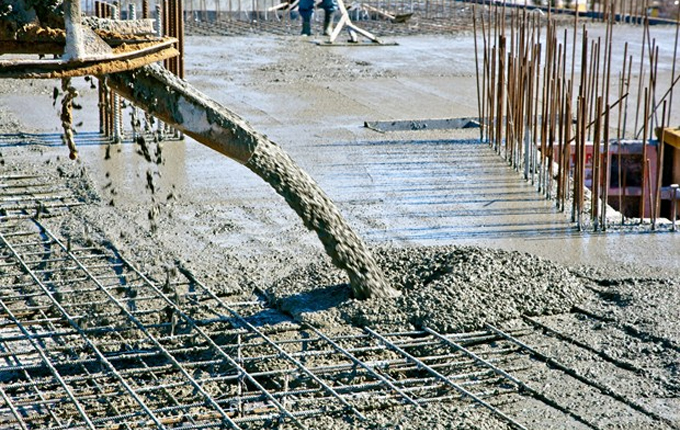Introduction
Concrete is a widely used construction material known for its strength, durability, and versatility. However, various factors can affect its quality, one of which is segregation. Segregation refers to the separation of components in freshly mixed concrete, resulting in an uneven distribution of aggregates, cement paste, and water. This blog aims to shed light on the causes of concrete segregation, its consequences, and practical ways to minimize its occurrence.
What is Segregation of Concrete?
Segregation occurs when the constituent materials of concrete, such as coarse and fine aggregates, cement, and water, separate during transportation, handling, or placing. It leads to an inconsistent mix where aggregates tend to settle, creating voids and affecting the overall homogeneity of the concrete.
Causes of Concrete Segregation
1.Improper Mix Proportions:
Inadequate proportions of aggregates, cement, or water can disrupt the balance in the mixture, making it more susceptible to segregation.
2. Excessive Water Content:
The addition of excess water, beyond the specified limits, weakens the cement paste and increases the likelihood of separation.
3. Inadequate Mixing:
Insufficient mixing time or improper techniques can result in incomplete blending of materials, leading to non-uniformity.
4. Particle Size and Shape:
Variations in aggregate sizes and shapes can cause differences in settling rates, causing the larger particles to settle while the smaller ones rise to the surface.
5.Handling and Placing Methods:
Rough handling, excessive free fall during pouring, or long-distance transportation can induce segregation due to the forces acting on the mixture.
Consequences of Concrete Segregation:
Reduced Strength and Durability:
Segregation compromises the interlocking between aggregates and cement paste, leading to voids, weak planes, and a decrease in concrete strength and durability.
Surface Defects:
Segregation can leave an uneven distribution of aggregates on the surface, resulting in a rough and pitted appearance, affecting aesthetics and reducing the quality of finishes.
Inhomogeneous Properties:
Segregated concrete may exhibit inconsistent properties such as density, workability, and porosity, making it challenging to achieve desired structural characteristics.
Weakened Bonding:
Poor cohesion between aggregates and cement paste diminishes the bond strength, compromising the overall structural integrity of concrete elements.
Ways to Reduce Concrete Segregation
1. Proper Mix Design:
Ensure an appropriate mix proportion of aggregates, cement, and water, considering factors such as desired workability and environmental conditions.
2. Optimum Water Content:
Follow recommended water-to-cement ratio guidelines, avoiding excessive water additions that may increase segregation risk.
3. Consistent Mixing:
Use suitable equipment to ensure thorough mixing of materials, adequate mixing time, and adherence to recommended techniques.
4. Gradation of Aggregates:
Employ a well-graded aggregate mix to minimize particle size variations, promoting better particle distribution and reducing the likelihood of segregation.
5. Controlled Placing Techniques:
Utilize proper pouring methods, avoiding excessive free fall heights, and using chutes, hoppers, or pumps to minimize the impact on the concrete mix during placement.
6. Vibration and Consolidation:
Properly vibrate or consolidate the concrete during placement to eliminate trapped air voids, enhance compaction, and minimize the risk of segregation.
Conclusion
Segregation of concrete poses significant challenges to its strength, durability, and appearance. By understanding the causes, consequences, and ways to mitigate segregation, construction professionals can ensure the production of high-quality concrete structures. Proper mix design, handling, and placement techniques, combined with adherence to industry best practices, play a vital role in achieving a homogeneous and robust concrete mix. By addressing segregation-related concerns.

